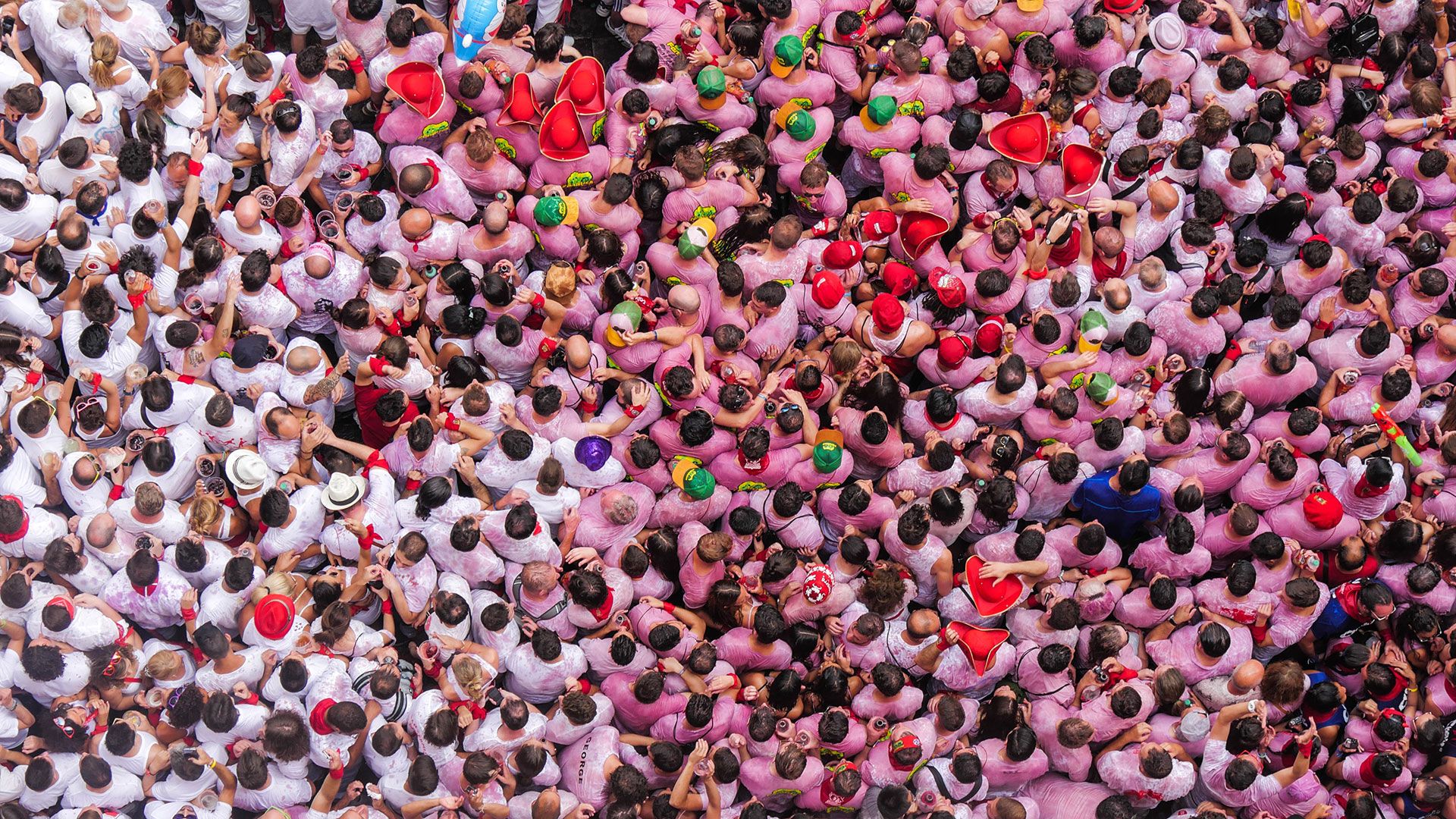World Building
The act of visioning and dreaming, and imagining, I think, is something that’s very important in terms of world building and in terms of building alternative structures that address some of the social, cultural, and economic and political issues that we’re facing.
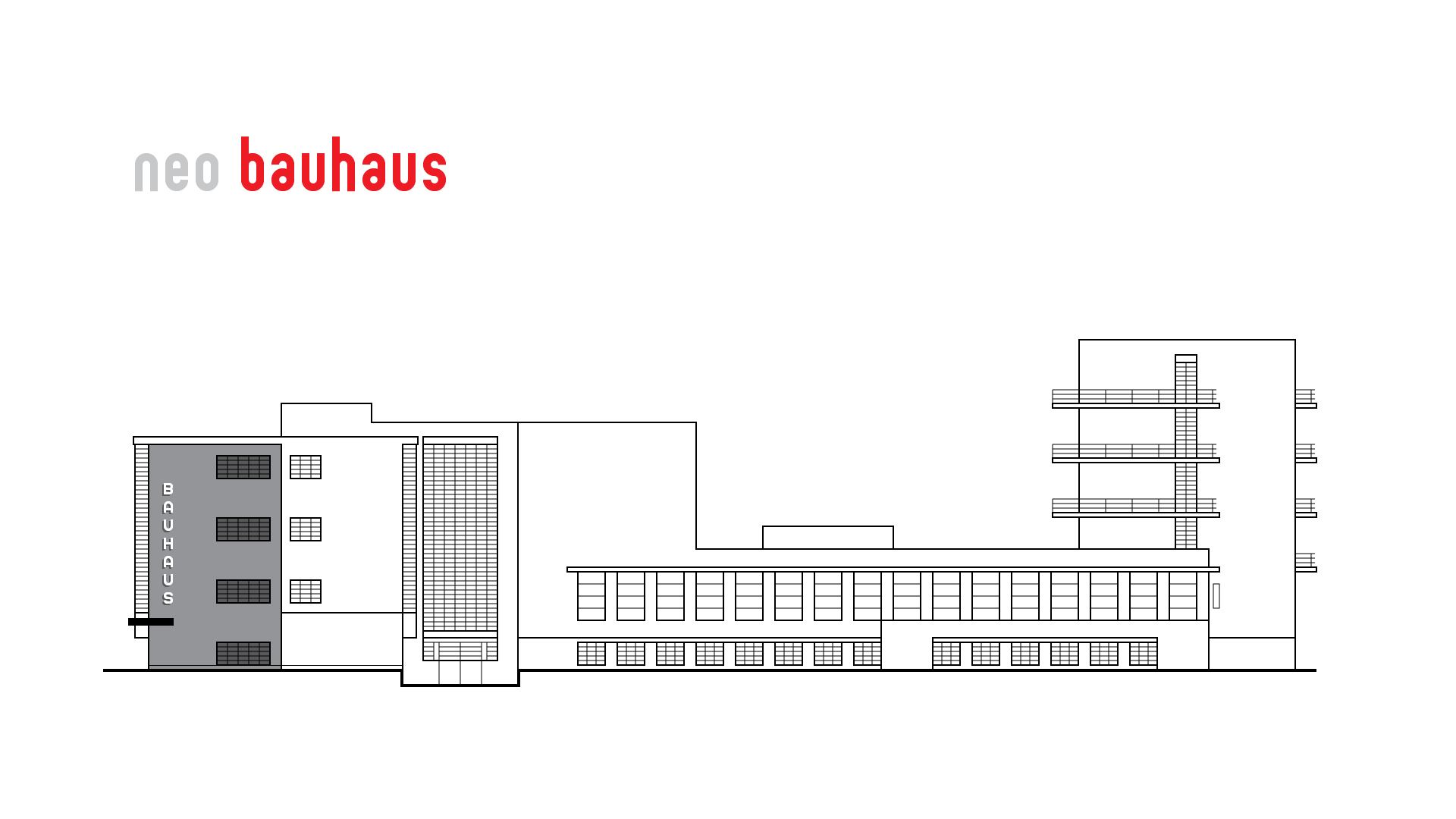
A dance between spirit and form
I was relating the dance of life between spirit and form to the jitterbug that we have been learning about from the book club reading through A Fuller Explanation: The Synergetic Geometry of R. Buckminster Fuller by Amy Edmondson. I have associated the three elementary forms of the Bauhaus, the blue circle, yellow triangle, and red square, to the design process: imagine, design, and build. Design sits in the gap between vision (imagination) and reality (architecture). In Buckminster Fuller’s understanding, the triangle is the metaphysical concept that we apply to our understanding of three-dimensional geometry and four-dimensional process, with the tetrahedron as the elementary form of Nature’s architectural framework.

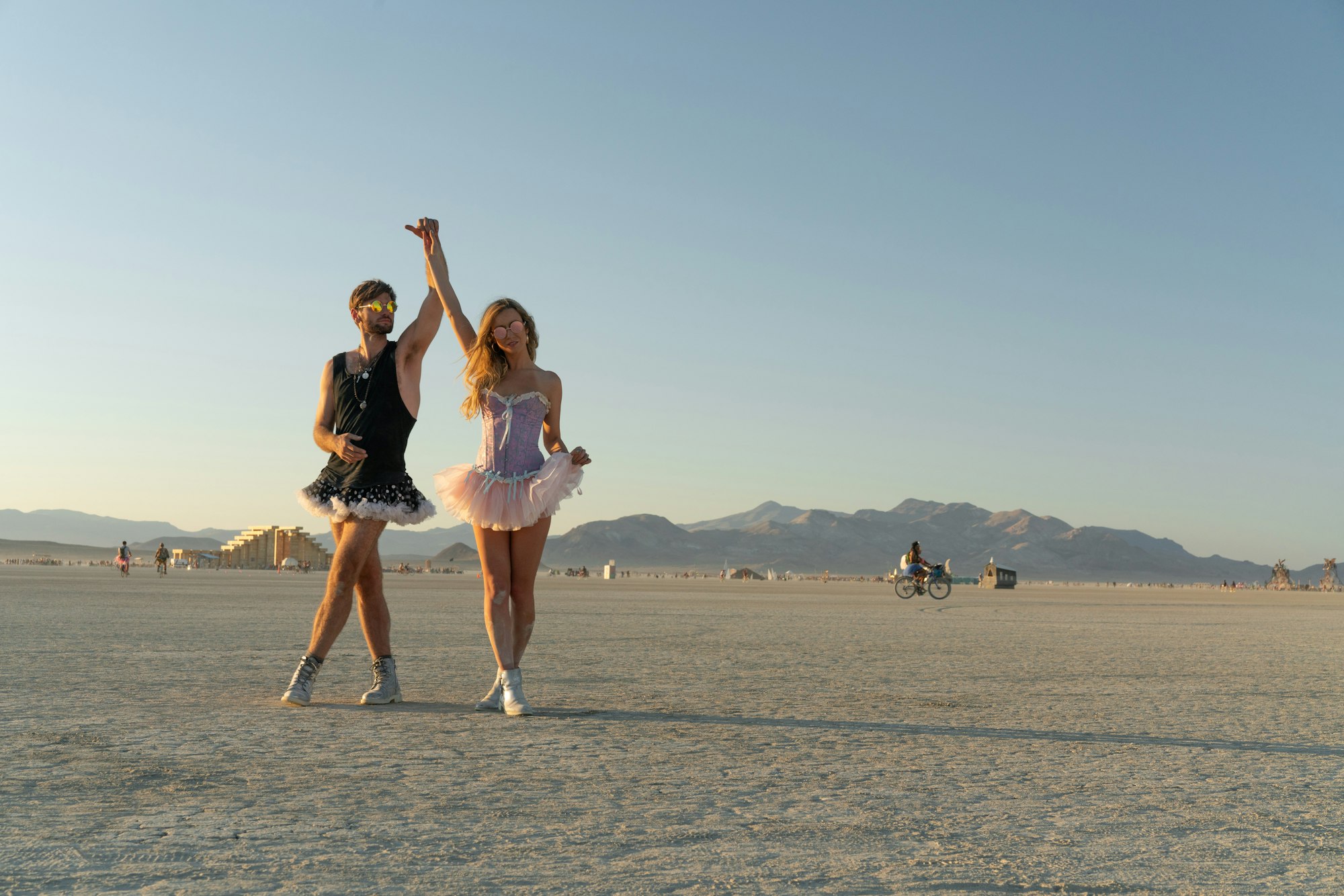
It was in the conversation between Rob and Kristen Bell that I heard them exploring the themes of his new book, Everything is Spiritual. Reminded of how Buckminster Fuller said, “I seem to be a verb,” I thought of the three-word title of Rob Bell’s book, focusing on the two-letter word in the middle, a conjugation of the verb, “to be.” Then Rob and Kristen were talking about how form needs spirit and spirit needs form. It is a kind of dance. The parables of Jesus were a dance between spirit and form. I was thinking that parables could be summarized by the phrase, “The physical is a metaphor for the metaphysical.” It was a play on the words meta, “beyond,” physics, and metaphor.
Physics (from Ancient Greek: φυσική (ἐπιστήμη), romanized: physikḗ (epistḗmē), lit. ‘knowledge of nature’, from φύσις phýsis ‘nature’) is the natural science that studies matter,[a] its motion and behavior through space and time, and the related entities of energy and force. Physics is one of the most fundamental scientific disciplines, and its main goal is to understand how the universe behaves.
— Wikipedia
A metaphor is a comparison of two different things to relate them to an idea or concept, thereby connecting the physical to the metaphysical.
We use symbol systems in language to create mental associations between audible sounds formed by oral manipulation of the flow of breath past vocal chords and abstract concepts in the form of words.
Words are one of the ways humans engage in a sort of dance between spirit and form.
As a graphic designer, I found it curious that the language of business was mostly empty and devoid of spirit. It reduced every relationship to a transaction. Every act was in service of the work of targeting a market with a message to extract value: attention, interest, desire, action (AIDA).
So, I tried to leave the world of marketing and business to explore the world of art, a journey to rediscover spirit, a reality beyond the physical that is the stuff of conversation, literature, art, music, culture, and community.
What I discovered was a rare opportunity to participate in building a community, but with very little monetary reward. So, I explored the possibilities of combining both art and money, but soon discovered that the two are polar opposites and incompatible. They are like matter and anti-matter. When they meet, they obliterate the other. (The original cancel culture.)
In a world where we want to do something that matters, why is the world full of activity that leaves us with the feeling of having participated in something that really doesn’t matter in the end, and, even worse, has actually been destructive?
In community, we are rediscovering a vision of life and regeneration: a Re(ge)naissance. A New Bauhaus.


What is this new world that we want to build?
If words make worlds, we need a new story.
In conversation with some world-building collaborators, we have been exploring conscious linguistics.
For a group of people to move towards World-Building, it is important to explore together the meanings:
- What is “world”?
- What is “build”?
- What is “creative”?
- What is “collaborative”?
- What is “self-organizing”?
- What is “learning”?
- What is “community”?
From there, people can move forward…
Habits and Rituals
- The Way of the Artist
- A creative, collaborative, self-organizing learning community
- The process is the project
- The community is the design artifact
The mission for Trimtab Space Camp is to think about how to integrate what we are learning into a group project. The hardest part so far has been finding time to meet as a group.

That problem has much to do with a schedule that is full of meetings and little time for deep, system one thinking and time for focused, concentrated work where it is possible to enter a flow state.
Information Architecture
How might we build a creative, collaborative, self-organizing learning community?
Creative
- Thinking
- Habits
- Skills
- Methods
- Tools
- Materials
- Productivity
- Flow
Collaborative
- Meetings
- Project Coordination
- Schedules
- Deadlines
- Work
- Presentations
Self-organizing
- Decentralized Systems
- Curiosity
- Connecting
- Networks
- Shared Resources
Learning
- Data
- Information
- Research
- Hypotheses
- Experiments
- Prototypes
- Testing
- Iteration
- Archiving
- Documentation
- Instruction
Community
- Connections
- Relationships
- Play
- Conversations
- Gatherings
- Rituals
- Celebrations
According to George Monbiot, to create a “politics of belonging,” we need to organize, organize, organize.
Originally published October 18, 2020 on Medium as World Building 101: A dance between spirit and form. I have updated the article below with what we are continuing to learn through this dance between spirit and form that we are exploring as experiences in world building.
To Build is to Love
Bau, in Chinese, means abalone. In German, bau means to build.
In 1991, I left my first job as a Junior Designer at Doug Fleming Graphics and started my own freelance business, Bauhouse Visual Communications. The idea was to build the house of God, rather than to be another cog in the machine to build the real estate market of the False Creek area.
One of the primary focuses of the design studio was the Vancouver real estate market. I used to park my car in the parking lot that was beside BC Place Stadium in those years just after Expo 86. That area became prime real estate for condominiums.
The architectural movement that grew out of this effort became known as Vancouverism. Apparently, I have learned, I am related to James Cheng, the architect who became famous as one of the leading proponents of the Vancouverism movement.
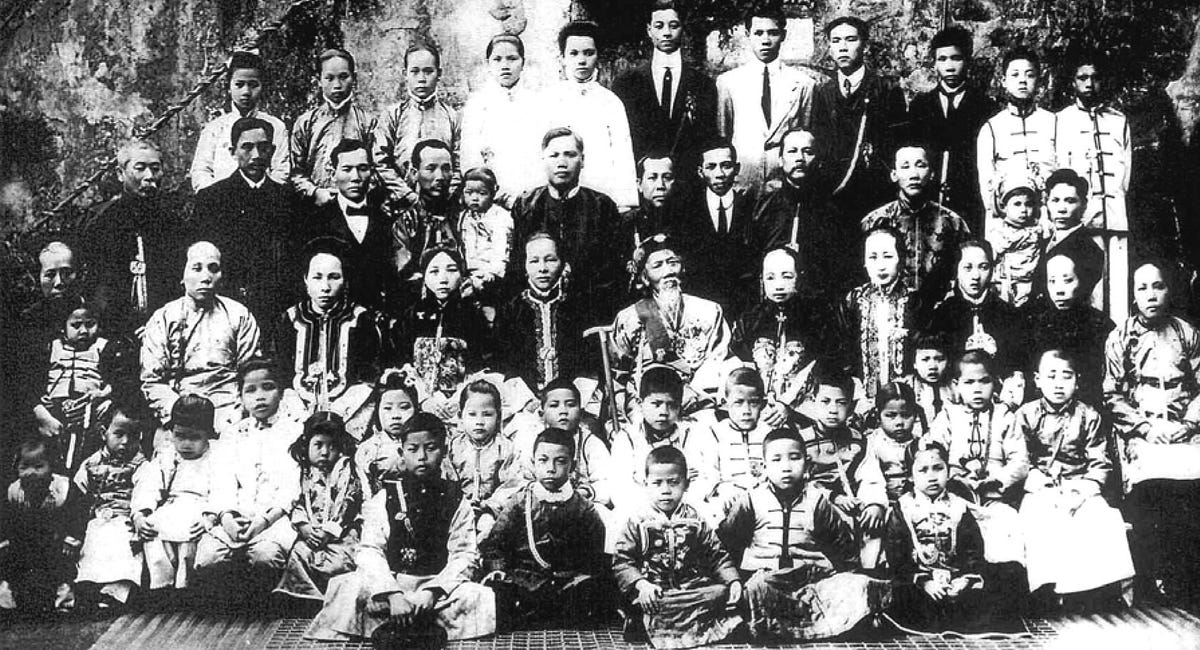
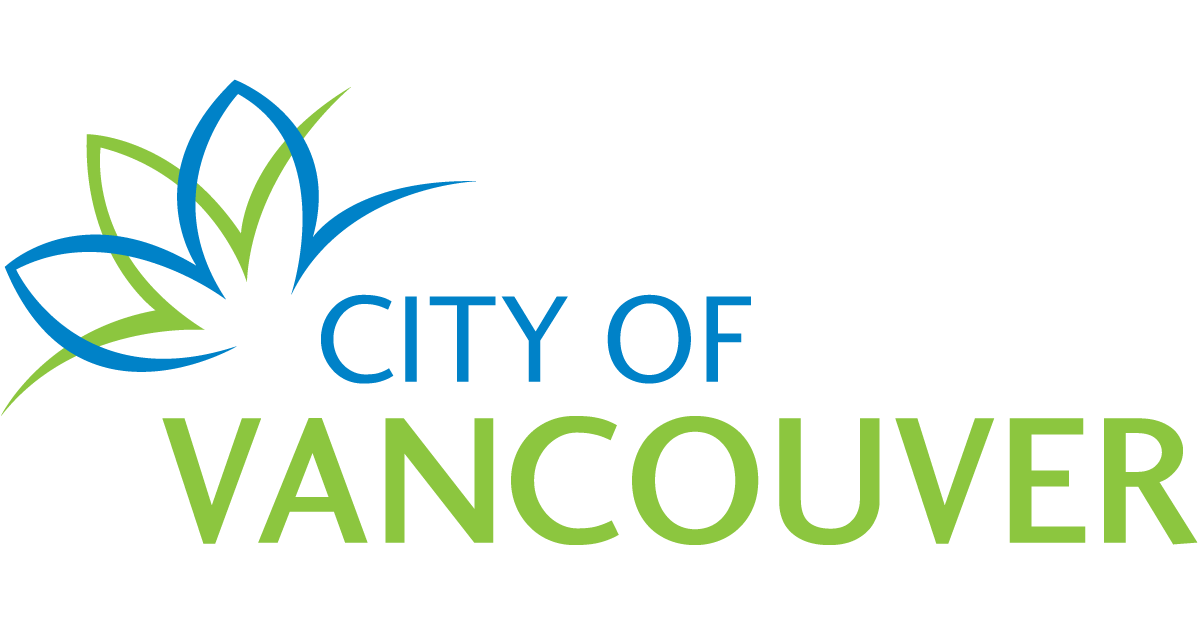

When I started my business, I was inspired by the core values of the spiritual tradition that I had been raised in. The stated values of the community were faith, hope, and love. “But the greatest of these is love” (1 Corinthians 13:13).
According to one verse in the Bible, “knowledge puffs up while love builds up” (1 Corinthians 8:1).
So, for me, the name of the business was intended to be meaningful in multiple ways: as a reference to my surname; to the Bauhaus; to art, design, and architecture; to modernism and postmodernism; to spirituality; to God; to the church; and, ultimately, to love.
The Bauhaus Manifesto
Walter Gropius inaugurated the Bauhaus in Weimar, Germany in 1919 with the following words:
The ultimate goal of all art is the building! The ornamentation of the building was once the main purpose of the visual arts, and they were considered indispensable parts of the great building. Today, they exist in complacent isolation, from which they can only be salvaged by the purposeful and cooperative endeavours of all artisans. Architects, painters and sculptors must learn a new way of seeing and understanding the composite character of the building, both as a totality and in terms of its parts. Their work will then re-imbue itself with the spirit of architecture, which it lost in salon art.
The art schools of old were incapable of producing this unity — and how could they, for art may not be taught. They must return to the workshop. This world of mere drawing and painting of draughtsmen and applied artists must at long last become a world that builds. When a young person who senses within himself a love for creative endeavour begins his career, as in the past, by learning a trade, the unproductive ‘artist’ will no longer be condemned to the imperfect practice of art because his skill is now preserved in craftsmanship, where he may achieve excellence.
Architects, sculptors, painters — we all must return to craftsmanship! For there is no such thing as ‘art by profession’. There is no essential difference between the artist and the artisan. The artist is an exalted artisan. Merciful heaven, in rare moments of illumination beyond man’s will, may allow art to blossom from the work of his hand, but the foundations of proficiency are indispensable to every artist. This is the original source of creative design.
So let us therefore create a new guild of craftsmen, free of the divisive class pretensions that endeavoured to raise a prideful barrier between craftsmen and artists! Let us strive for, conceive and create the new building of the future that will unite every discipline, architecture and sculpture and painting, and which will one day rise heavenwards from the million hands of craftsmen as a clear symbol of a new belief to come.’
The Building of the Future
When Walter Gropius opened his new school for design in Weimar in 1919, he could not guess that by doing so he would have a lasting influence on generations of designers and architects all over the world. At the time he had just one idea in his head – to create “new architecture for the future” which, according to his manifesto, "will one day rise heavenwards from the million hands of craftsmen as a clear symbol of a new belief to come.”
Community Building
I first encountered the concept of world building through my friend David Vandas, the Publisher and Senior Editor of the two volumes of WeMakeStuff. Each book profiled 100 Vancouver and BC based artists and innovators. I had the privilege of being one of the designers of Volume 02.
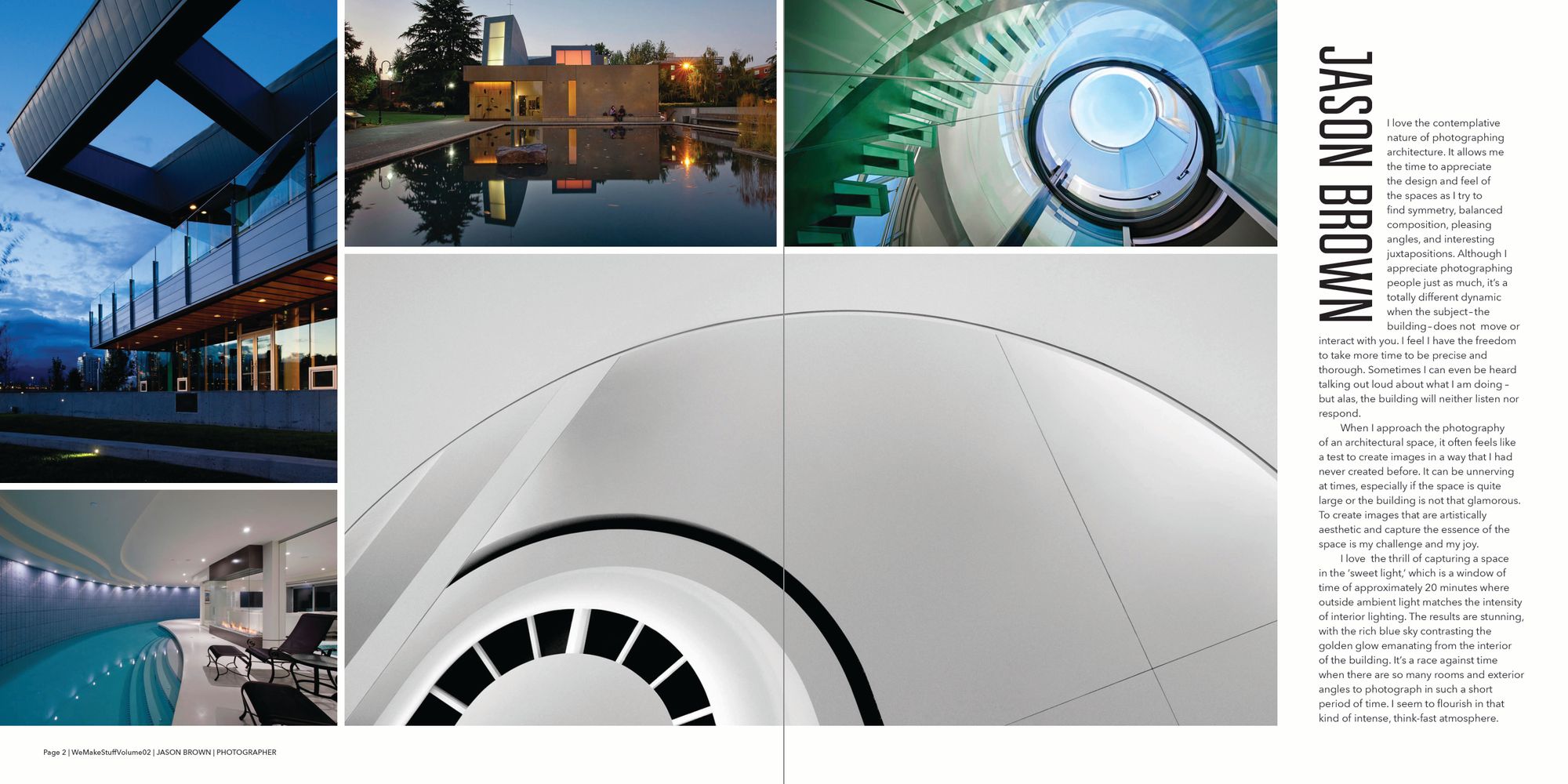
At the beginning of 2015, after publishing WeMakeStuff Volume 02, David and I had decided to work together in New Westminster at the River Market in a co-working space called The Network Hub. I started a corporation to initiate the process of building a business, inspired by the domain name I had registered in the early years of the internet, builderscollective.com. The business name, BLDRS Collective Inc., was based on a shorter domain name, bldrs.co, that I was thinking of using for short URLs to redirect to the main domain. It would also work better for email addresses. It turned out to be useful as an acronym for a basic elevator pitch: building leaders to design a resilient society (BLDRS).
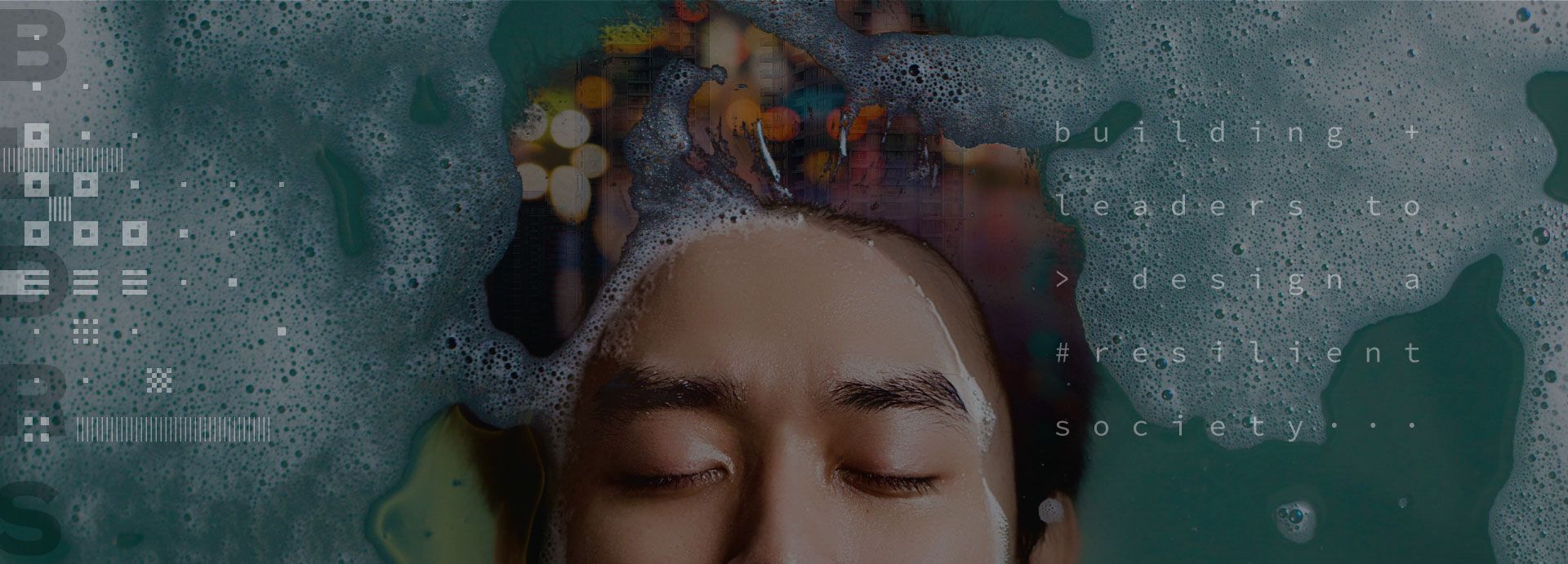
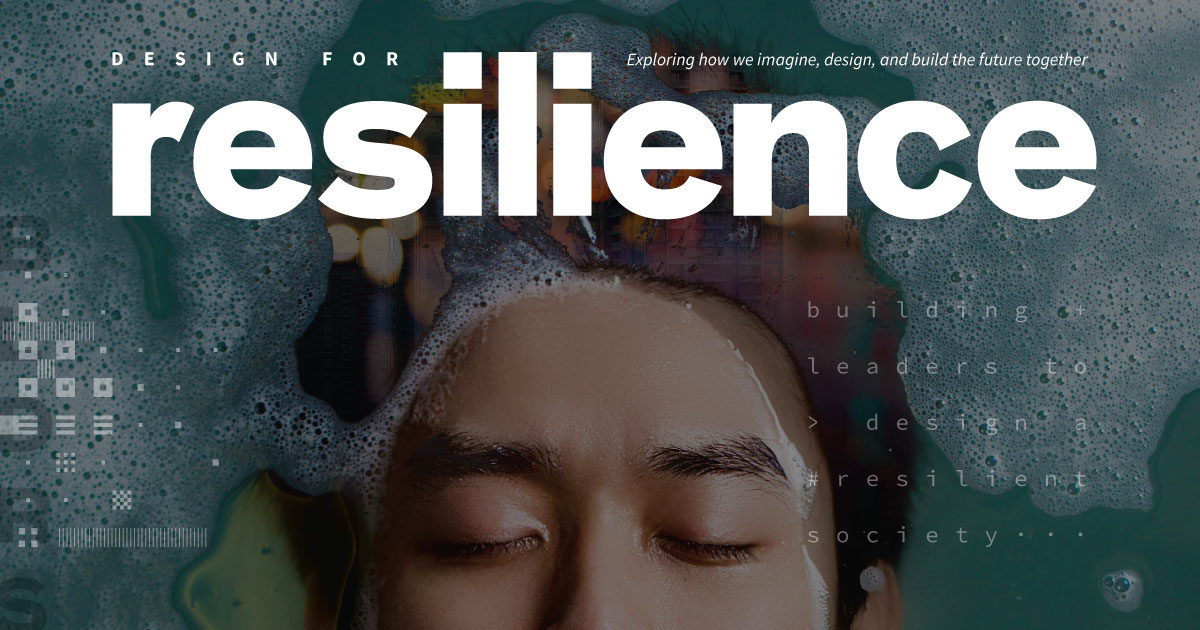
The WeMakeStuff project had been an exercise in community building, but it focused on the creation of a book. David and I experimented with collaboration, including a cookbook for Crema Café in North Vancouver.

During that collaboration, I learned about the concept of world building from David’s work in screenwriting for film.
Movement Building
I have been thinking over the past 30 years about the concept of world building. I have been amazed at what the Bauhaus was able to build, in spite of the short life of the school in its various iterations in Weimar, Dessau, and Berlin from 1919 to 1933, before the Nazis forced the closure of the school.
During 1919, I was hoping to find ways to publish work related to the 100th anniversary of the Bauhaus. An opportunity was offered to publish an article with Designlab, so I worked on an article.
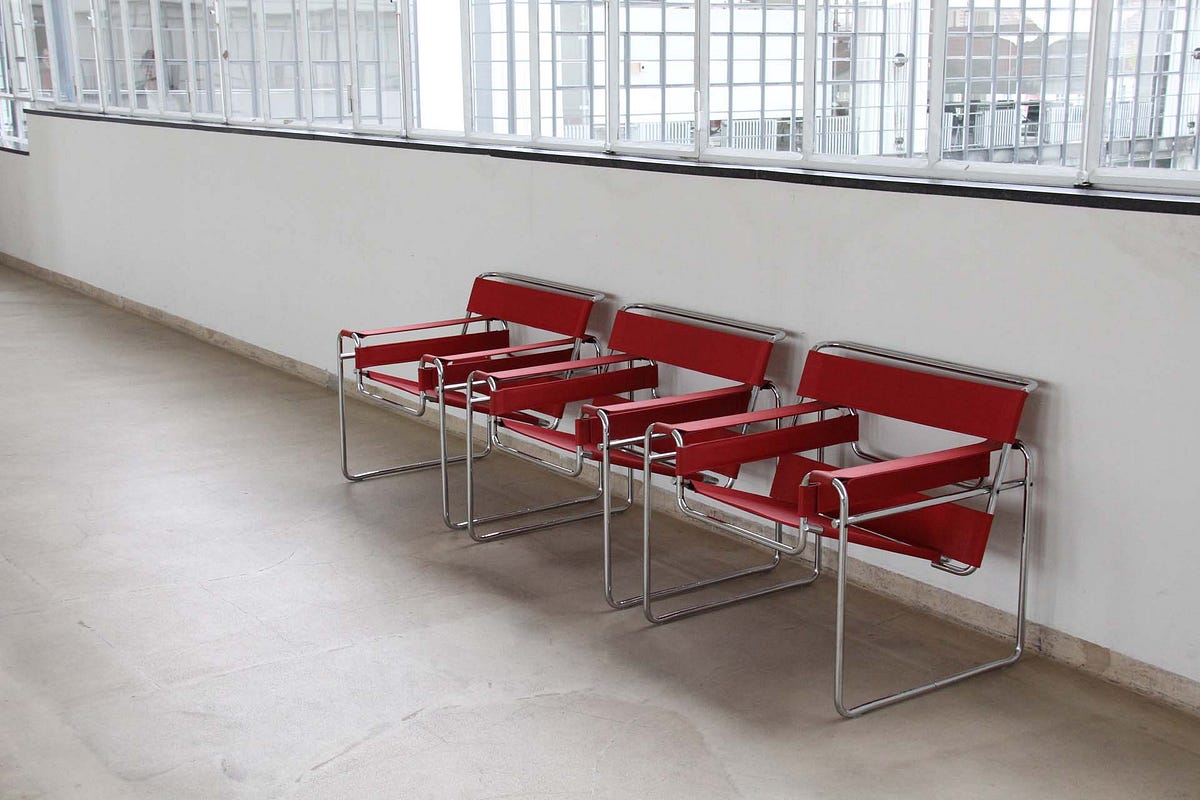
I ended up working on an article about the spiritual and social vision of Bauhaus.
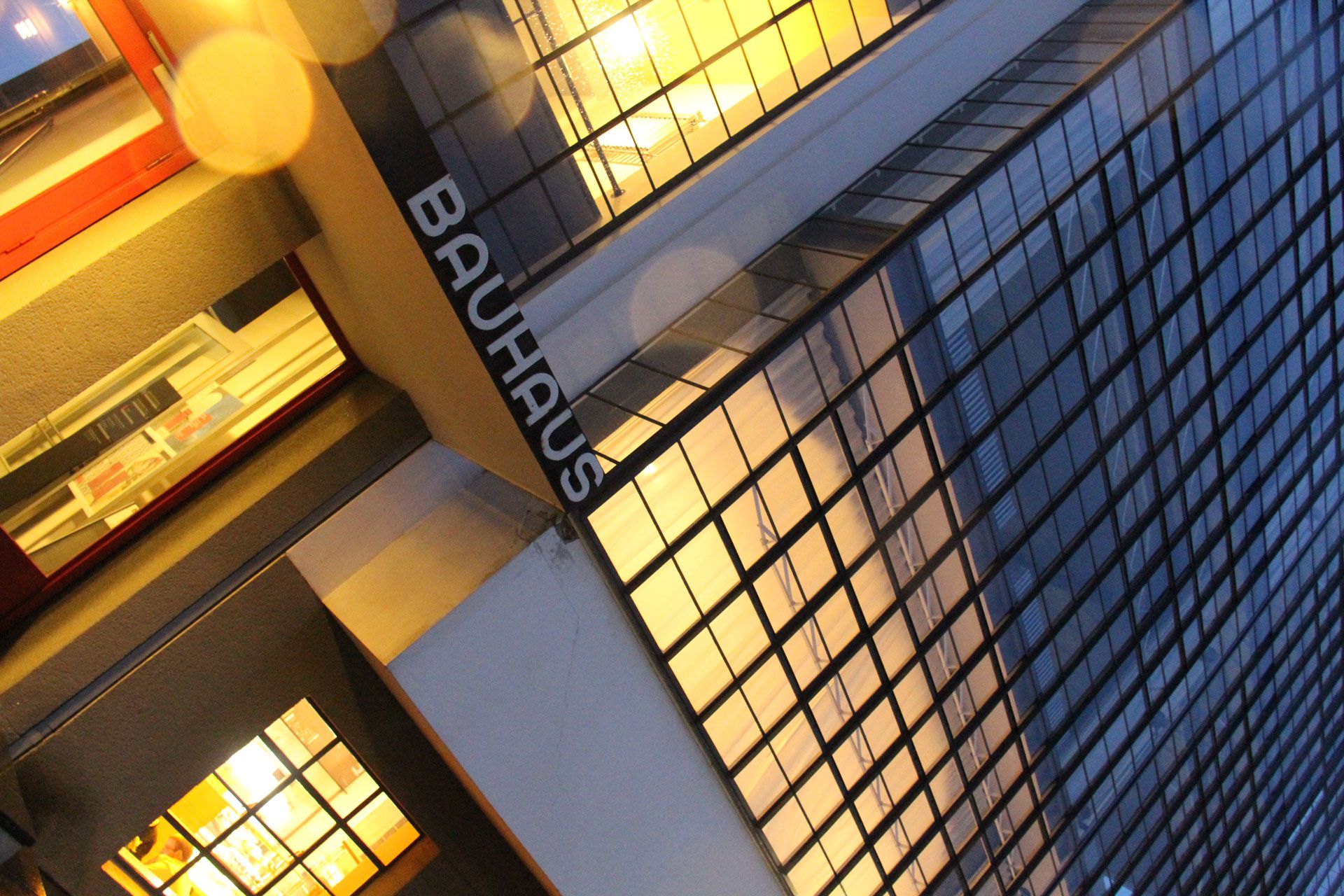
Building a New House
At the beginning of 2020, it was as if some psychological priming was preparing me for what might come next: world building.
I started 2020 listening to a Rob Bell podcast episode with Don Golden.


The episode raised an ancient question about the futility of architecture, from the perspective of the God who made everything: “What kind of house will you build for me?”
The theme of building is the focus of the text, from beginning to end. Architecture is the technology that people use at Babel, in Egypt, in Jerusalem, in Babylon, in Persia, in Greece, and in Rome to organize social and religious institutions, to coordinate trade and markets, and to assert power over large populations of people.
“This divine isn’t here to keep this system in place, but to subvert it. And in some ways to destroy it because this God hears the cry. Yes, which is a radical new idea in human history.”
(46:37)
Rob Bell: This is Don Golden, by the way, just getting warmed up at the 48-minute mark.
Don Golden: The first martyr, who is that in the New Testament? Stephen. So, he’s brought before the Sanhedrin. This is the political, religious, juridical body.
Rob Bell: The industrial-religious-military complex.
Don Golden: And he gives this speech and they kill him. So what does he say to get himself killed? Well, he basically tells their history—a lot like we did, because it was kind of how we learned it

But then at the end he starts quoting scripture: “Stiff-necked people.” That’s from the end of Deuteronomy.
Rob Bell: “You people could have helped change the world but instead you built empires…”
Don Golden: And then he quotes this particular passage from Isaiah 66:1–2. “Heaven is my throne,” God says, “and the earth is my footstool. What kind of house will you build me?”
He’s basically challenging the authority of Jerusalem. He’s saying, “You compromised religious people, colluding with coercive government. You locking everybody out. Who do you think you are? This God you serve, Heaven is his throne. He keeps his feet here. If you’re going to build a place for this God, what’s this house going to look like?”
Well this house in that text is the word oikos. Oikos shows up all over the New Testament. Oikos is that place where we exercise our discipleship, where we’re responsible to see life flourishing. But oikos is also where we get the word economy. So, the question would read, in Greek, to the first church, “What kind of economy will you build me?” And they kill him for that.
(50:50)
So, I had to take the decision that I think in this new space where people from both sides have to come together can come together to create a new world. What kind of economy will you build me. That takes people from the left to the right — it doesn’t matter. It really doesn’t matter it. What matters is Can we work together to create market solutions to some of the world’s intractable problems?
Nation Building
Similar to what Ezra Klein writes about America’s polarization, Canada is working exactly as it was designed. In his recent book, Ruined by Design, Mike Monteiro charges designers with the responsibility for the world that we have built:
The world is working exactly as we designed it.


Canada is a resource extraction company that was rebranded as a nation state and constitutional democracy. We are beginning to recognize that the government does not represent the people. The illusion of democracy is a distraction from the reality that social influence, economic capacity, and political power are in the hands of the few who have access to capital.
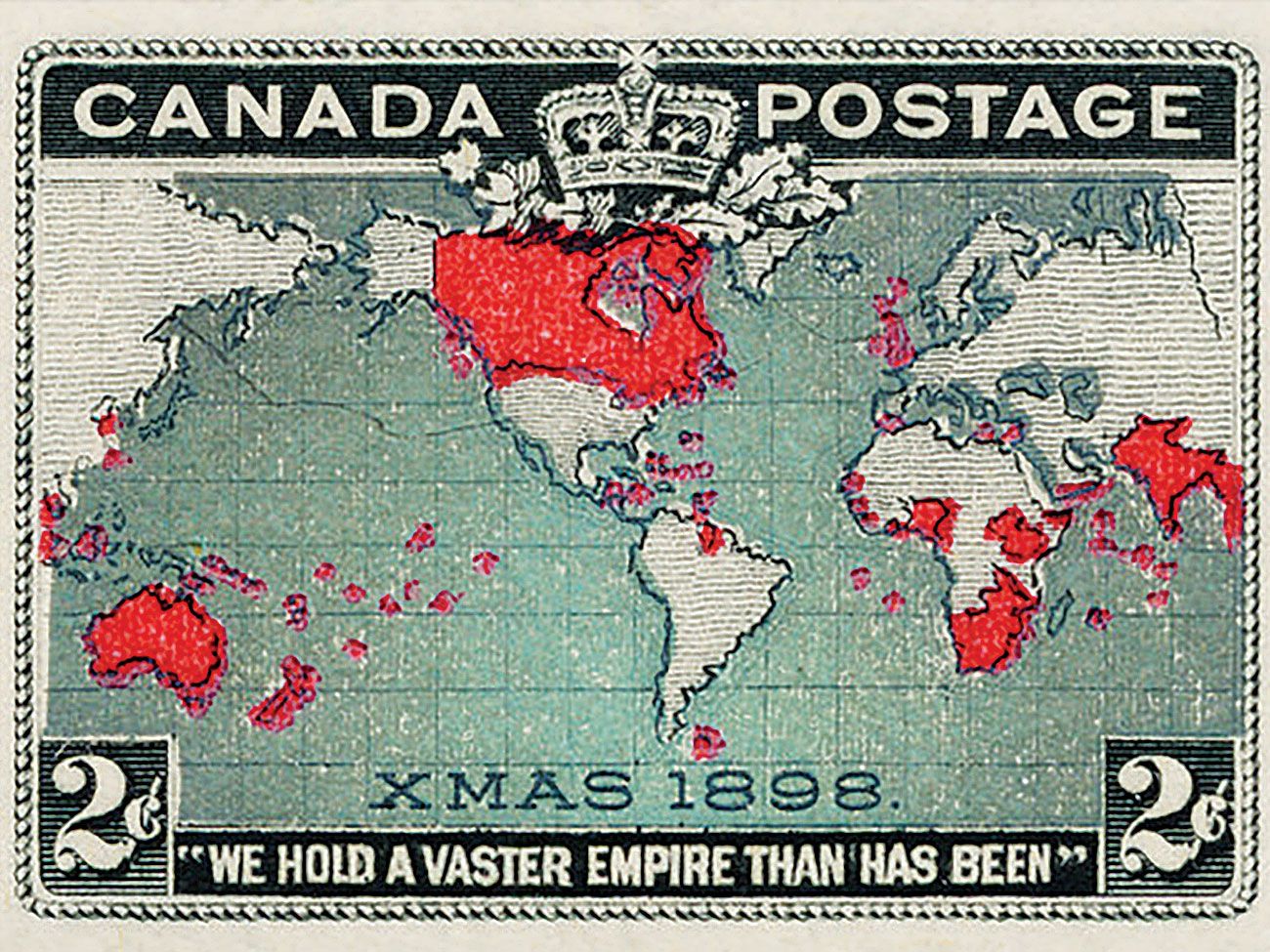
In other words, Canada is not a democracy. The law in Canada is authoritarian capitalism. Prime Minster Justin Trudeau is this generation’s Neville Chamberlain. Alberta is Poland. Trump is Hitler. The purchase of the Trans Mountain pipeline is the annexation of Alberta.
Canada is not a democracy. The law in Canada is authoritarian capitalism. Trudeau is Neville Chamberlain. Alberta is Poland. Trump is Hitler. The purchase of the Trans Mountain Pipeline is the annexation of Alberta.https://t.co/QA4kg9M6K4
— Stephen Bau (@bauhouse) November 3, 2020
Indigenous Sovereignty
Most of the territory of British Columbia was never ceded by the Indigenous Peoples of the land. These Indigenous Peoples have been living on their land for at least 14,000 years, while British Columbia, first a colony now a province, has been around for about 160 years. The cultures, governments, and legal systems of many First Nation Peoples in the region were never extinguished.
At the time of colonization, international and British Law deemed Indigenous land interests were to be respected if the Indigenous People had not signed a treaty or been conquered. The Wet’suwet’en were never conquered nor did they sign a treaty. Nonetheless, without any legal backing, in the 1860s British Columbia started to pass land laws and hand out property interests of the Indigenous land.
Kate Gunn, a lawyer focusing on the rights of Indigenous Peoples writes “The source of the Province’s authority over Indigenous lands remains unresolved in Canadian law today.” Gunn also writes “The fact that the Province has acted since the 1860s as though it has full authority to decide how Indigenous Peoples’ lands are used does not make doing so legal or just.”
What kind of world do we want to build? By continuing to offer our labour—our time, energy, and resources—to building and maintain the apartheid state and the corporate monopoly over public discourse, we have designed our own iron cage, as anticipated by Max Weber.
Land Back
By setting up barriers around two housing developments and calling it 1492 Land Back Lane, Six Nations members have forced the town of Caledonia, Ontario, to reckon—again—with who actually owns the land.
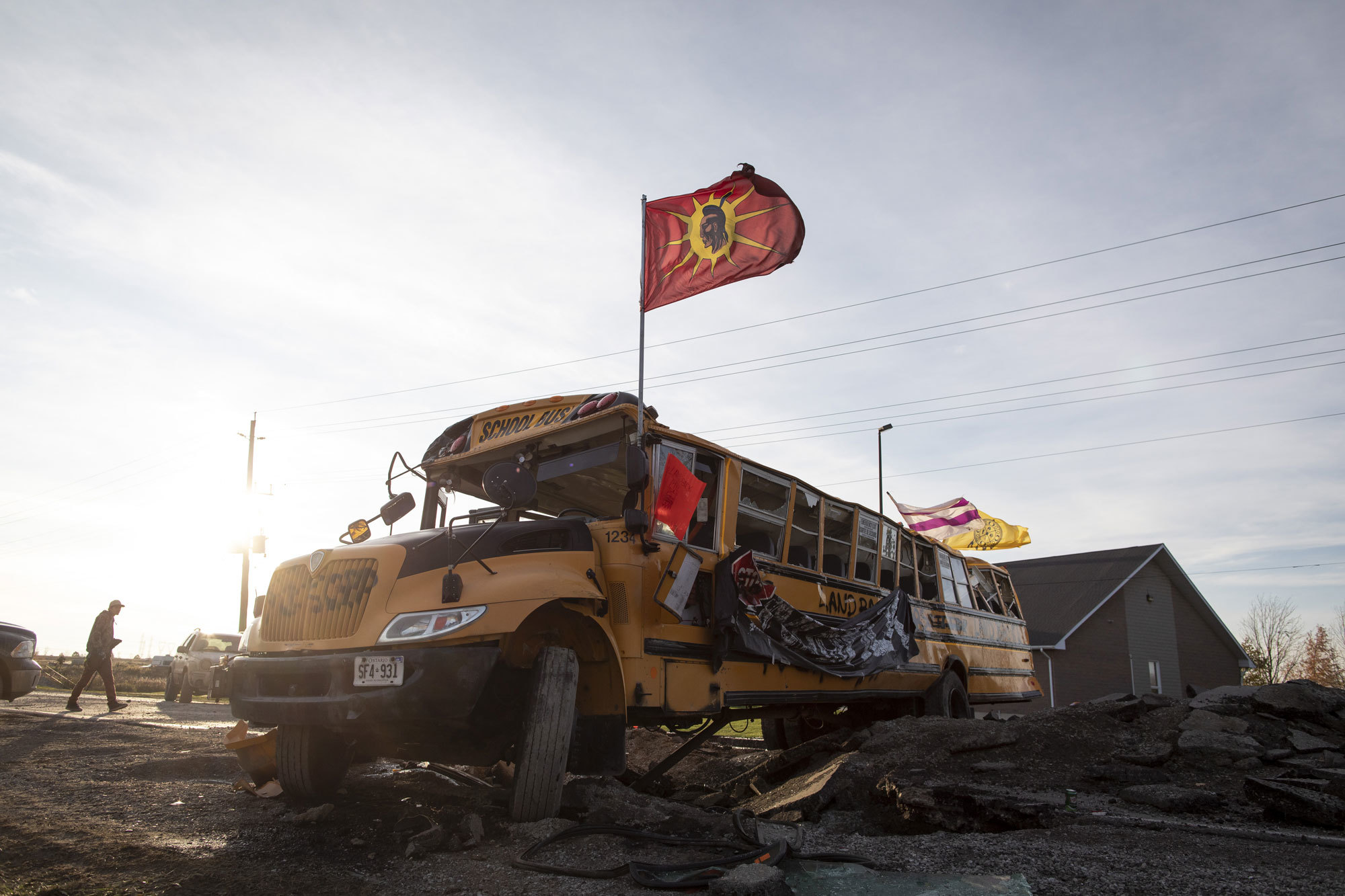
World Building
The work of world building that I have been exploring is an extension of what we started with the WeMakeStuff project. Shift Podcast grew out of relationships that formed through the WeMakeStuff community. That is how I met Sandy Rosen, Dance Mentor and Instructor at Bez Arts Hub, and Brad Jarvis. During 2019 and early 2020, I was taking a course on Faith, Arts + Culture offered by Sandy Rosen at Bez Arts Hub so that I could meet up with Brad Jarvis and explore the possibility of continuing on with the community building that began with the WeMakeStuff project. Brad was intrigued by the idea of the Builders Collective, so I added an email address for him.
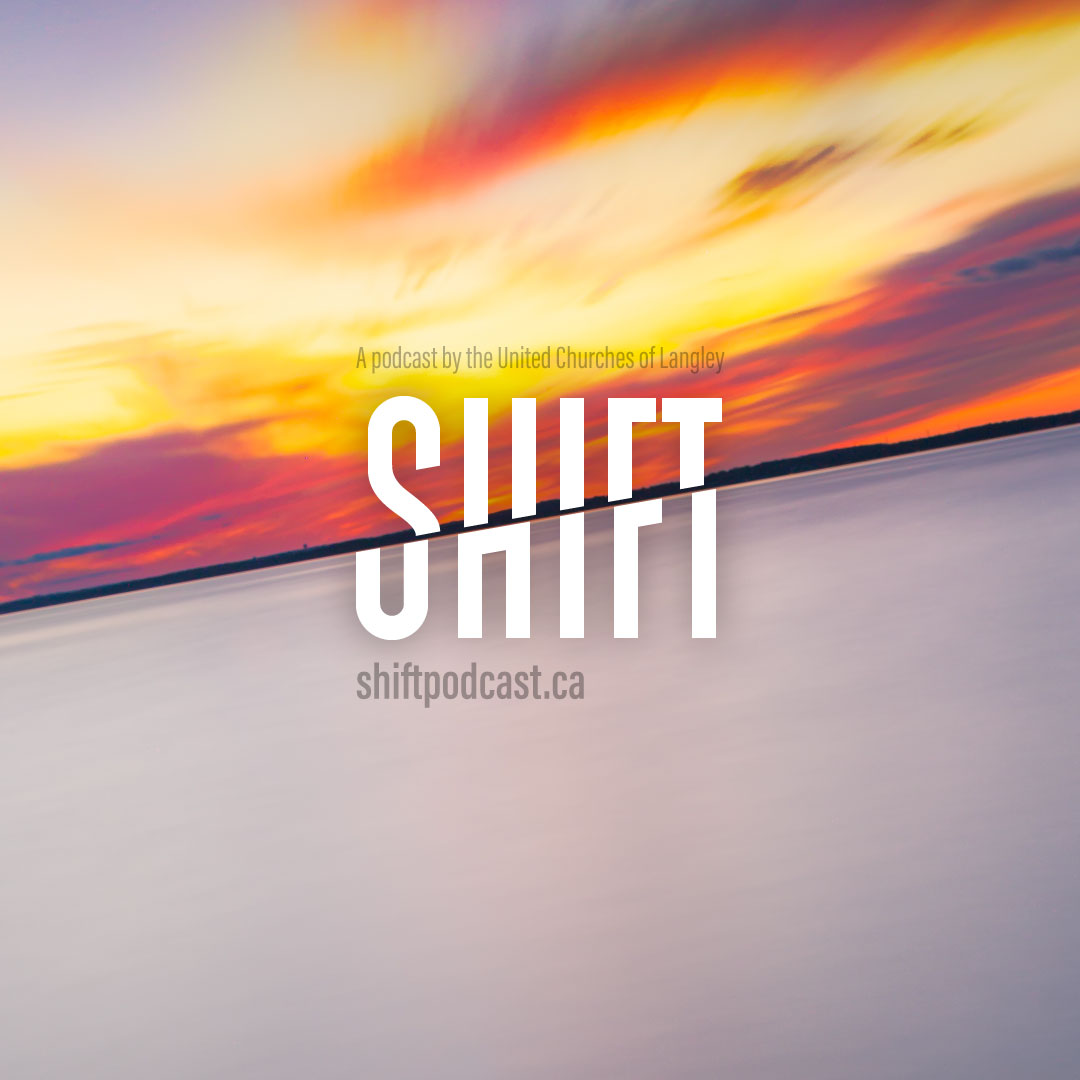
Public Relations, Marketing, and Advertising
While I was exploring Faith, Arts + Culture, I was also mentoring students of UX Academy with Designlab. As a UX design mentor, I was thinking about the value of personas and questioning their validity as part of the standard UX design process.
Personas are psychological archetypes that have roots in capitalist control over markets by manipulation through public relations, marketing, and advertising messages.

Marketing surveys tend to divide people into segments to target messages based on age, gender, income, education, geography, and race. It is a way to perpetuate a system of metrics based on the relative value of human beings according to a monetary scale.

- Who’s Counting? Marilyn Waring on Sex, Lies and Global Economics
- Manufacturing Consent
- Noam Chomsky - The 5 Filters of the Mass Media Machine
- Social Communication in Advertising: Consumption in the Mediated Marketplace
Marketing is the machinery of our economic system that maintains a monopoly over public discourse and perpetuates inequality, patriarchy, white supremacy, and authoritarian power in corporate hierarchies.
Our responsibility as designers is to be advocates for people and be the empathetic, ethical, and dissenting voices within these hierarchies.
Building a New Model
“You never change things by fighting the existing reality. To change something, build a new model that makes the existing model obsolete.” -R. Buckminster Fuller
Design is a process of shaping tools to shape ourselves and our environment.
Understanding Human Experience
Jesse James Garrett of Adaptive Path, in his talk on Design for Engagement, breaks down experience into:
- perception (senses)
- cognition (mind)
- emotion (heart)
- action (body)
As experience designers, we create a character (a persona), we imagine what they are sensing, thinking, feeling, and doing (empathy map), and we create a mental model of that persona’s conception of reality, how that character fits into the story (the hero’s journey). In service design, this story can be visualized as a journey map. All of these design artifacts are tools to communicate the design process and how design creates value by helping people understand the rationale for our decisions. At the center of the decision-making process is a set of values about creating products that meet the needs of humans and business within specific technical constraints. A successful product will be desirable, feasible, and viable.

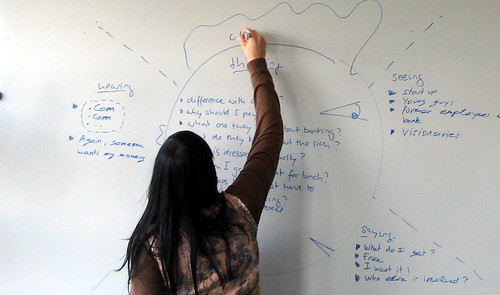


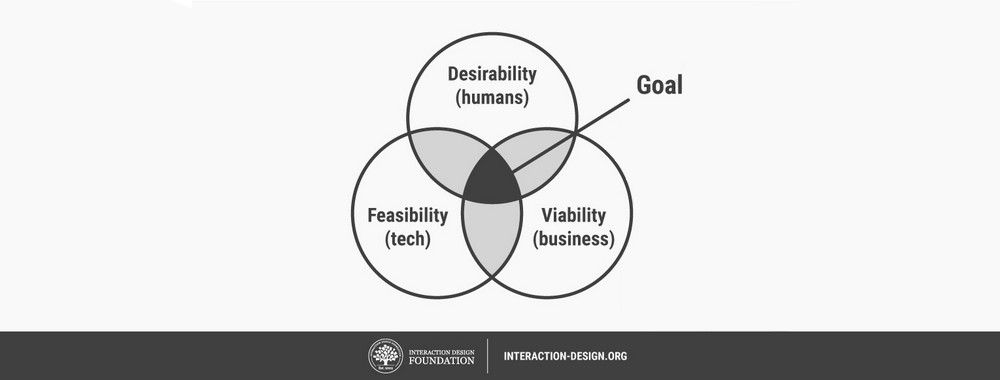
Out of this concept of the role of the experience designer, I wanted to create another way to visualize the core values, internal perceptions and motivations, and external environment and actions that encompass the human experience.

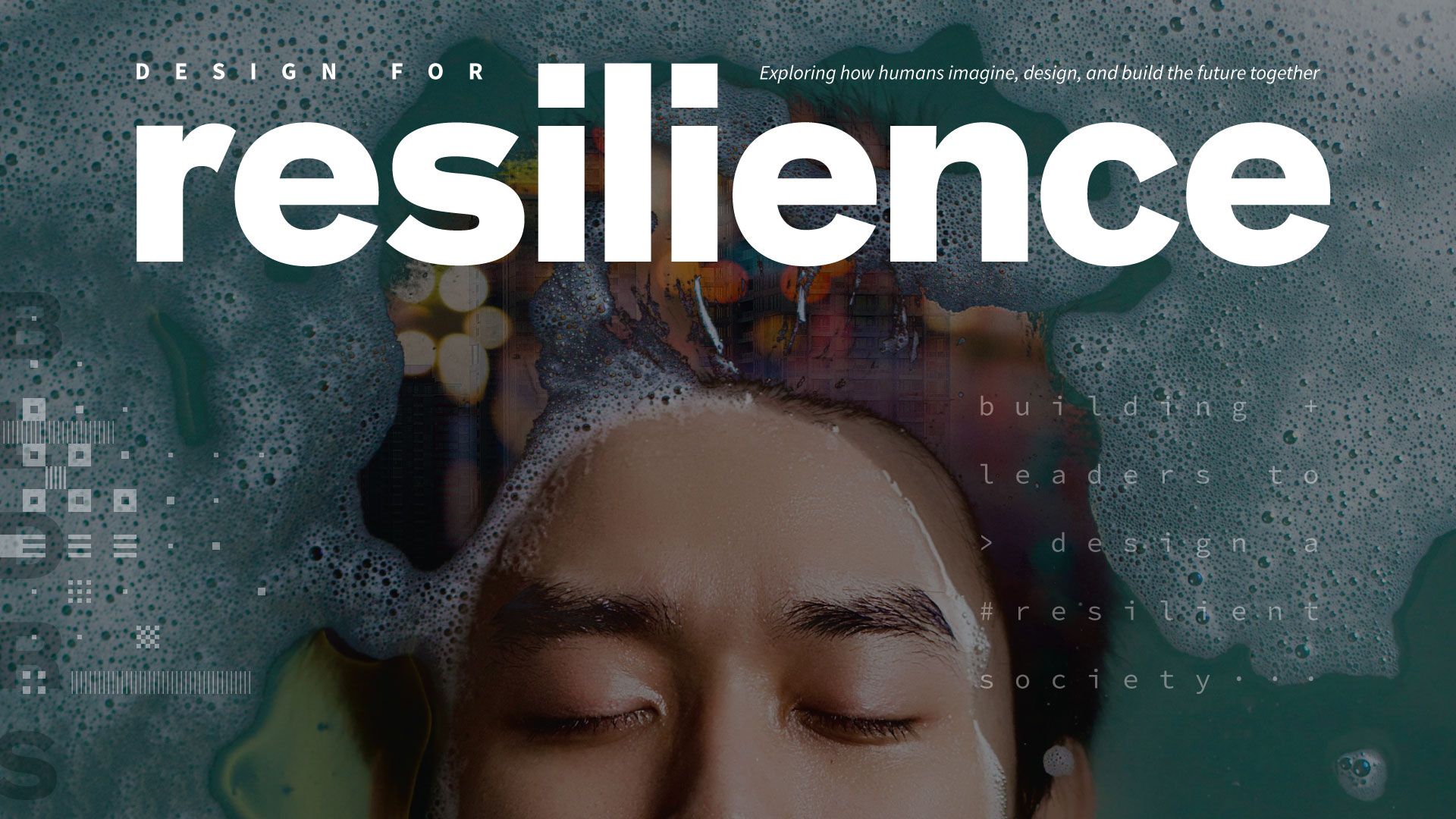
When I created this model, I felt that I had something of value to contribute to the design community, and I became engaged in a process to share these ideas and to test whether they had any validity in reality beyond my own personal experience. When I submitted my application to the Design Science Studio, everything changed. I found my tribe.
World Building
Ezra Klein in his conversation with N.K. Jemisin, author of the Broken Earth Trilogy, explored the process of world building.
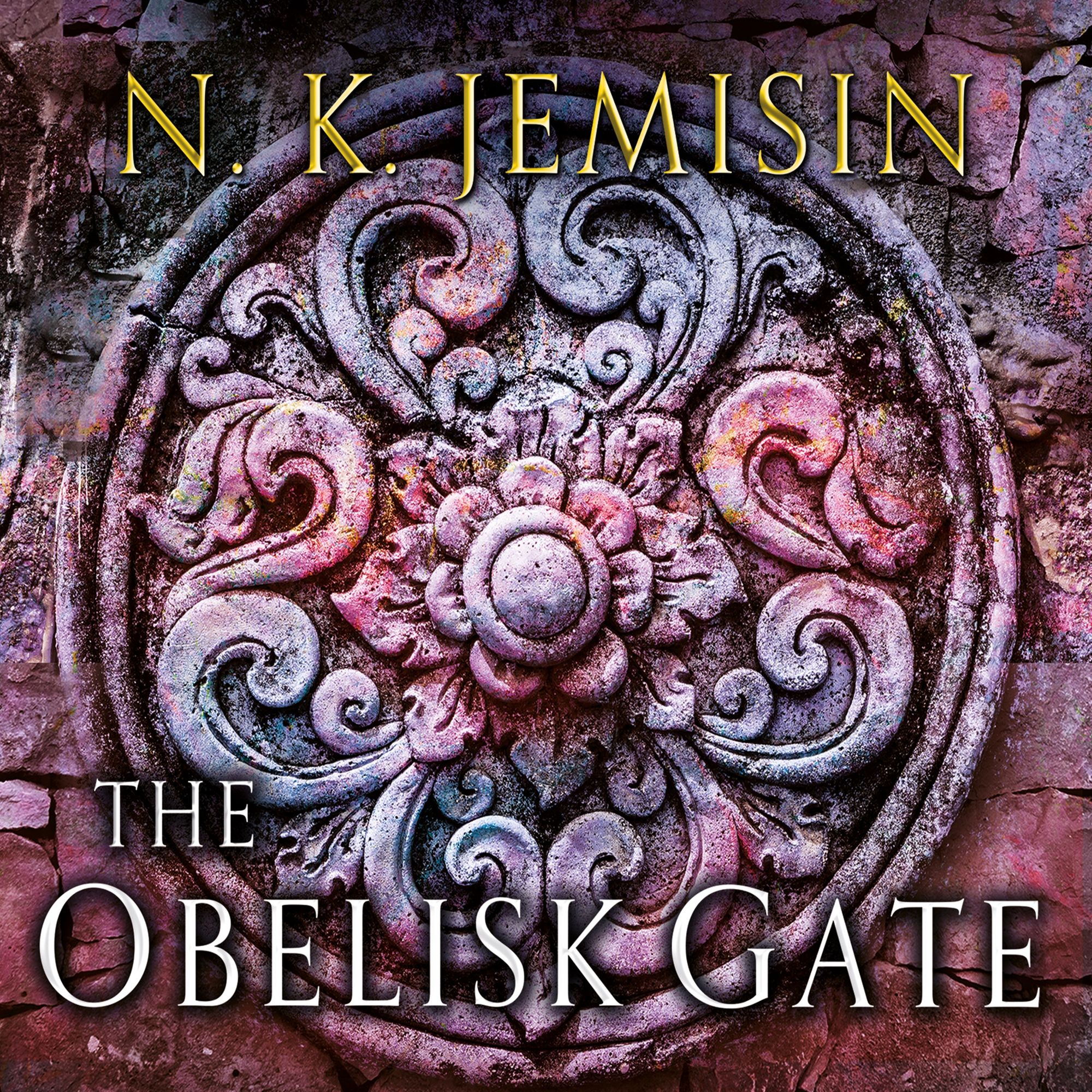
Tony Patrick guided the participants of Trimtab Space Camp Mesosphere through the concept and process of world building.

Out of that group, we started a book club, a World Builders and World Weavers meetup, a conversation on Conscious Linguistics, and a group of people experimenting with Regenerative Ventures.

Through Trimtab Space Camp and my membership in the Buckminster Fuller Institute, I have had the opportunity to participate in
- Design Science Studio
- Burning Man
- Leaders on Purpose with the United Nations
- Climate Designers
- Design Science Salon: Becoming the Regenaissance
- Living Systems Collaboratory with the University of California, Irvine
- Design Science Salon: Dissolve & Bloom
I have been given permission to work on projects such as the builders collective, a learning community, an interface for navigating metaphysical gravity, and an immersive, interactive online event to create a place of contemplation, conversation, and gathering to reenvision the project of democracy as an Agora, of a new Bauhaus, of a way to center Indigenous voices as we reconnect to the living systems of the planet.
While the world is winding down, giving into the inevitability of entropy, deterioration, and death, there are people who have discovered that there is more to life. How did Universe come to be? Where is the energy, information, and life coming from? Bucky believed that there was something called syntropy that he sought to comprehend. Life and death, light and dark, tension and compression, entropy and syntropy are all features of Universe.
101.01 Synergy means behavior of whole systems unpredicted by the behavior of their parts taken separately.
102.00 Synergy means behavior of integral, aggregate, whole systems unpredicted by behaviors of any of their components or subassemblies of their components taken separately from the whole.
962.40 Synergetic geometry embraces all the qualities of experience, all aspects of being.
— R. Buckminster Fuller, Synergetics
The Design Science Decade
In 1961, Fuller put forth a challenge to the world’s architectural students to engage in a design revolution. He called it the design science decade.
- 2020-2021: Reconciliation and Commitment
- 2022-2023: Restoration and Capital-transfer
- 2024-2025: Resilience and Coming-together
- 2026-2027: Regeneration and Celebration
- 2028-2029: Rejoicing and the Circularity
After the year of reckoning that we have been through, it is important for the people who have been part of the project of building the social, economic, and political systems of colonialism and white supremacy to go through a personal transformation. As Canadians, we make promises about reconciliation, but our actions prove that we have no intention of changing. To go beyond mere words, we must commit to reconciliation with actions.
What kind of world can we build for our children?
This week (January 8, 2021), I was listening to Krista Tippett in conversation with Mary Catherine Bateson.
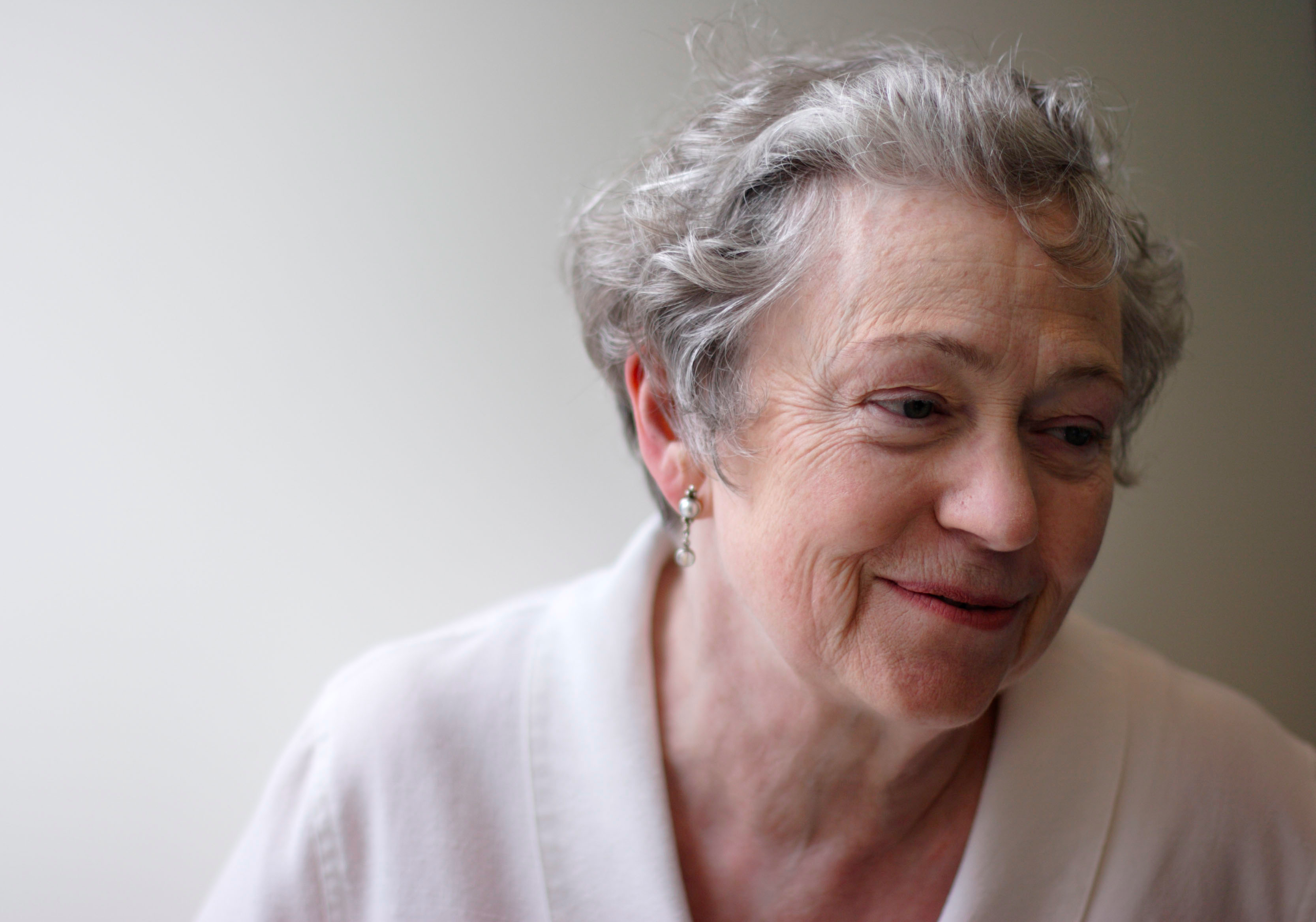
Krista Tippett said,
“I’m very interested in the question of how social change happens, how human change happens. Somewhere, you talk about your mother’s enduring question was, ‘What kind of world can we build for our children?’ And it seems to me that you are seeing the metaphor of homemaking as a version or a variation on that question that is potentially as profound, or perhaps more what is appropriate to this profoundly interconnected world that we inhabit now.”
A New European Bauhaus
European Commission president Ursula von der Leyen has announced plans to create a new Bauhaus modelled on the influential design school as part of the European Union’s €750 billion coronavirus recovery plan.
Speaking in her inaugural State of the Union address to the European parliament, Von der Leyen outlined her plan to create a “new European Bauhaus” to kickstart a cultural and sustainable movement in the European Union.
“We will set up a new European Bauhaus – a co-creation space where architects, artists, students, engineers, designers work together,” she said.

Commitment to Reconciliation
As 2020 came to a close and 2021 began, there was, for me, an amazing moment of synergy in the recognition of the voices of Indigenous, Métis, and Inuit people who are creating a life-affirming conversation about the resilience of a culture that Canada is continuing to resist through denial of systemic racism, denial of genocide, and an overwhelming silence in public discourse about the issues of the land and rights of sovereign Indigenous nations.
However, Nahlah Ayed and the producers of CBC Ideas have been purposely directing the attention and the conversation of thoughtful Canadians to the importance of Indigenous, Métis, and Inuit voices in finding our collective way forward at a time when our democracies and the living systems of the planet are being threatened by the social, economic, and political systems that we ourselves have designed and are still in the process of building and maintaining.
At the end of 2020, CBC Ideas released a three-part series on genocide and reconciliation. After exploring reconciliation in Rwanda and polarization in Bosnia, the series concluded with the denial of systemic racism and genocide in Canada that is rendering the process of truth and reconciliation a public relations effort to apologize and make excuses for the ongoing colonization, oppression, and genocide. Canada is demonstrating how a thought collective can perpetuate white supremacy and a Canadian genocide through bureaucratic intransigence, trained incapacities, and learned helplessness.
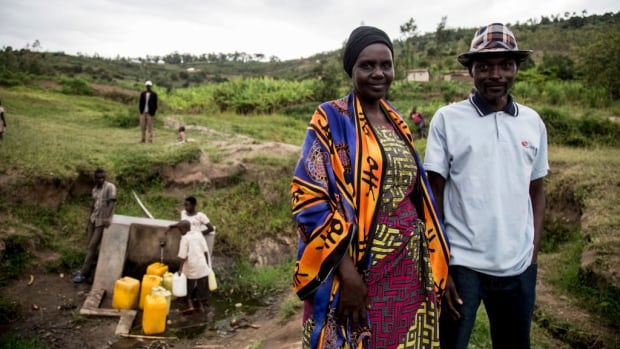


Canada’s frontline: it is a war of attrition fought by lies, theft, greed, and ignorance of history. It is perpetuated by the Canadian state’s failure to educate its population, by bureaucratic intransigence, trained incapacities, and learned helplessness. https://t.co/CWJMqZ1OnJ
— Stephen Bau (@bauhouse) December 31, 2020
Reframing Our Stories
“I think it’s actually incumbent for us to understand the difference between the state and people and for people to understand that they actually have enormous agency.”

Building the Future Together
What would it take for us to listen to the voices of the earth, the water, and the air, who are trying to call attention to the destruction that we causing through human activity? What would it take for us to go through the transformation process needed to learn empathy for the people whose cultures and languages and lives we are continuing to destroy through the colonial process of the theft and domination of the land, the extraction of its resources, and the oppression of the Indigenous, Métis, and Inuit peoples?
I think that reconciliation for Canada certainly isn’t invested in me being liberated, in my land being liberated, and it isn’t about freedom. But for me, I think the goal of all of the work that I’m doing right now is towards liberated lands and liberated peoples. You know, in some ways, reconciliation, to me has to be a regeneration, a reparation, a sort of almost a restoring of what was lost, but then it also has to be this world building project where we figure out a different way of relating to the world, relating to the land and relating to each other because this colonial vision of the world, this capitalist vision of the world has sent us down a pretty deep hole, where I think the harm and the violence that Indigenous peoples have experienced is extremely intense and horrific. But it’s also something that doesn’t seem to me to be sustainable in terms of the ecology of the world. I think that the more people that are engaged in world building, the more knowledge that we generate about how to build worlds, and how to build worlds where kindness, where consent, where diversity, where respect, where reciprocity is at the core. So if I think of my ancestors again, you know, going back a couple of hundred years, they got up every day, and they built their lives. They built their transportation system, their housing system, their food system, their political system, their spiritual system. If they didn’t get up and embody all of those practices, those things didn’t exist in the bush.
Artists Are So Important
I think, in my culture, dreaming, envisioning, and imagining is almost always the first step to generating something new. And so, that act of visioning and dreaming, and imagining, I think, is something that’s very important in terms of world building and in terms of building alternative structures that address some of the social, cultural, and economic and political issues that we’re facing. I think that’s where artists are so important, because as an artist, as a writer, as a musician, I get to take those imaginings and dreamings, and build worlds. And so in my last novel, Noopiming, that was very much a world building exercise that was very much a practice of making visible Anishinaabe worlds that are in the presence in Peterborough and Toronto and the land in between visible in print to, to non-Indigenous folks reading the book. And I think that practice of actualizing and realizing that dreaming and visioning is a beautiful and generative process. I think if you can’t imagine life outside of the systems that we’re trapped in right now, then it’s very, very difficult to think of how to get out of those systems. Because I think that work is very, very difficult. It’s a struggle. It’s a struggle to bring new life into this world, it’s a struggle to build something different. It’s frustrating. There’s always lots of prototypes. There’s lots of skills that we’ve lost, that we need, in terms of relating to each other in an interpersonal way, when we’re doing things that are stressful and, and taxing and full of all kinds of emotional, physical, and mental labour. And so stories, I think, can provide affirmation. They can provide recognition. They can provide a sustenance, where they connect you to the past, they connect you to the future and you know that you’re not the first people who have tried to tackle this. So I think stories are really amazing and are really almost like a midwife to world building.
(46:44)
— Leanne Betasamosake Simpson, No reconciliation without land: Six Nations fight for truth for 200 years, CBC Ideas


Comprehensive Anticipatory Design Science
To design solutions to systemic problems, we cannot design incremental solutions. We must think of the parts in the context of the whole. We need to think about synergy.
We are training specialists when the world needs generalists.
Hiring managers may not realize it, but good designers and creative people and innovators tend to be generalists. It is the industrial education and corporate environments that prefer predefined, specialized roles, because the categories are easier to work with, when efficiency and scarcity of time and resources are driving people’s decisions.
Buckminster Fuller warned of the failure of an education model that focuses on the factory model of specialization. The industrial model of human education is breeding division, discord, and destruction.
We are in an age that assumes the narrowing trends of specialization to be logical, natural, and desirable. Consequently, society expects all earnestly responsible communication to be crisply brief. Advancing science has now discovered that all the known cases of biological extinction have been caused by overspecialization, whose concentration of only selected genes sacrifices general adaptability. Thus the specialist’s brief for pinpointing brevity is dubious. In the meantime, humanity has been deprived of comprehensive understanding. Specialization has bred feelings of isolation, futility, and confusion in individuals. It has also resulted in the individual’s leaving responsibility for thinking and social action to others. Specialization breeds biases that ultimately aggregate as international and ideological discord, which in turn leads to war.
…
Children freed of the ignorantly founded educational traditions and exposed only to their spontaneously summoned, computer-stored and -distributed outflow of reliable-opinion-purged, experimentally verified data, shall indeed lead society to its happy egress from all misinformedly conceived, fearfully and legally imposed, and physically enforced customs of yesterday. They can lead all humanity into omnisuccessful survival as well as entrance into an utterly new era of human experience in an as-yet and ever-will-be fundamentally mysterious Universe.
And whence will come the wealth with which we may undertake to lead world man into his new and validly hopeful life? From the wealth of the minds of world man — whence comes all wealth. Only mind can discover how to do so much with so little as forever to be able to sustain and physically satisfy all humanity.

A Case for Generalists
Journalist and bestselling author David Epstein talks with Recode’s Kara Swisher about his most recent book, Range: Why Generalists Triumph in a Specialized World. In it, he argues that the world’s most successful athletes, artists, musicians, inventors, forecasters and scientists are more likely to be dabblers, rather than people who set out to do what they do best from a young age—and, in fact, the people who have highly specialized training from an early age tend to have lower lifetime earnings overall. He explains how the wrong mentality took hold, how its effects ripple into the professional world, and the challenges facing teachers and parents trying to set young people on the right track early. Plus: How to shift into the right mindset to become a successful generalist, and why you don’t have to do that while you’re in your 20s.
At the end of the episode, David Epstein mentions the full phrase: “A jack of all trades is a master of none, but oftentimes better than a master of one.”
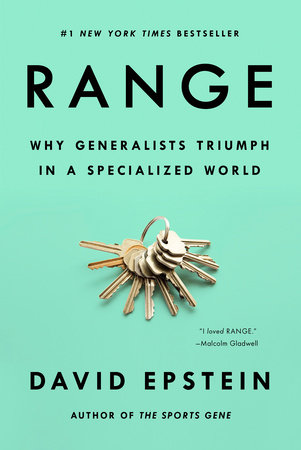
The generalist is also most likely to succeed in the area of experience design.
The designers who go on to do great things are more than artisans; they’re smart, curious, knowledgeable people. They’re worldly, not just versed in the intricacies of their medium, but knowledgeable about a great many things.

Documenting a Community into Existence
The builders collective is documenting a community into existence. For the past 30 years, I have been exploring the process of world building through design, inspired by the Bauhaus. What I have been recognizing through the Design Science Studio and the Living Systems Collaboratory during 2020 is that the world building project that I am exploring stretches back to the origins of Universe and of time, energy, and matter, the formation of galaxies, stars and planets, the formation of life, the emergence of sentient life, the formation of language, social identities, and nations, and the formation of technologies and global systems for social, economic, and political organization. However, I have only recently discovered language that helps clarify the process of change that we are all involved in as an interdependent and interconnected living system.
A couple evenings ago, I was looking for another book to listen to, as I find I like to rest my eyes, which I tend to use a lot in my work as a designer. Listening to a human voice brings me closer to the physical embodiment of the familiar communication patterns of audible language and the way we first become social beings in relationship to other human beings in complete dependence as babies. An audible voice teaches me to be a better listener and allows me to remove multiple layers of abstraction and decoding that are required in the visual and cognitive processing of text and images.
On Friday morning, I had attended CreativeMornings/Vancouver to participate in a Zoom meeting that featured Denice Williams, an Indigenous leader, board member, innovation advisor, and CEO of the First Nations Technology Council.

During her talk, Denice Williams mentioned a book by Charles Eisenstein, The More Beautiful World Our Hearts Know Is Possible.
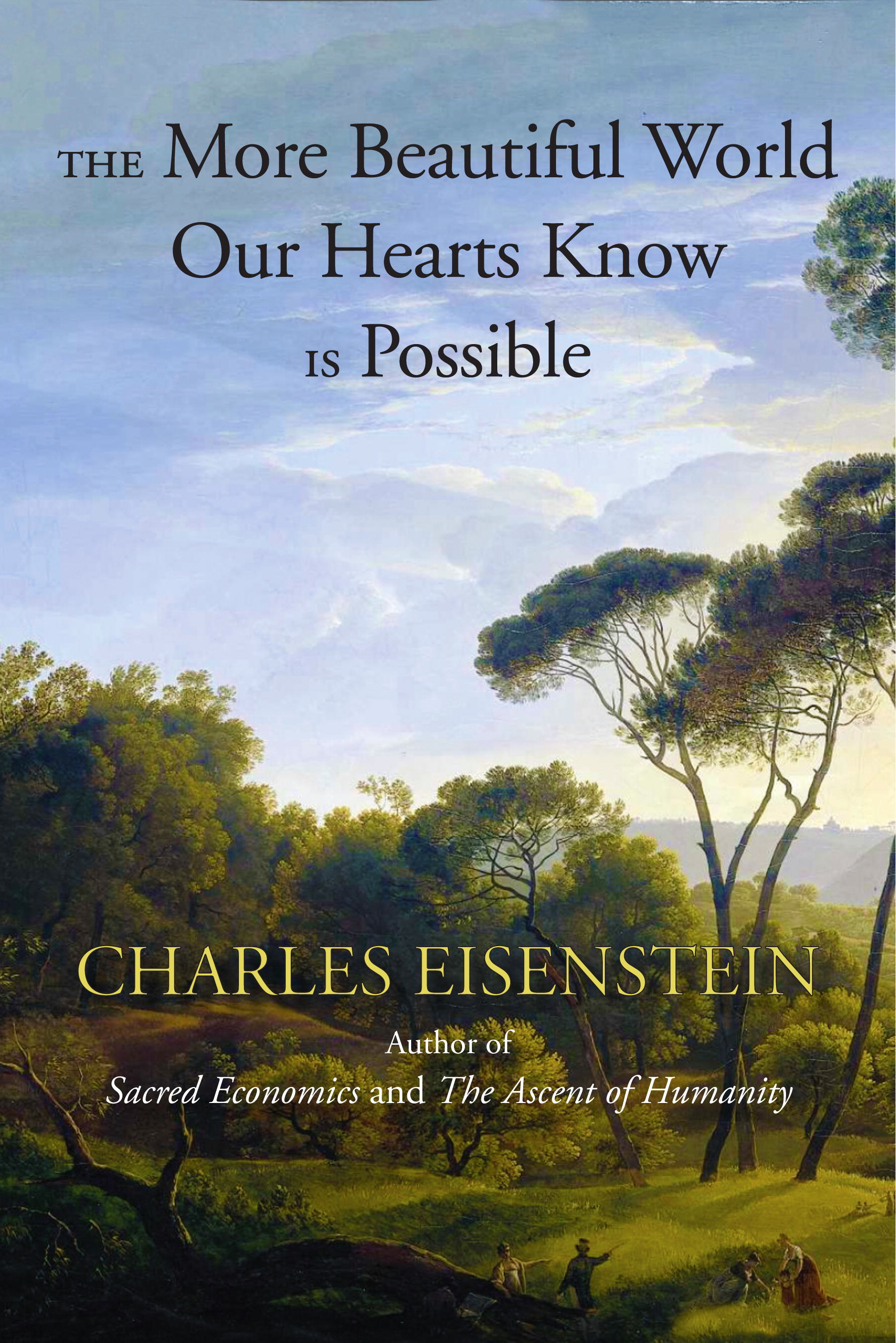
That evening, I was looking for another book to listen to, as I find I like to rest my eyes, which I tend to use a lot in my work as a designer. Listening to a human voice brings me closer to the physical embodiment of the familiar communication patterns of audible language and the way we first become social beings in relationship to other human beings in complete dependence as babies. An audible voice teaches me to be a better listener and allows me to remove multiple layers of abstraction and decoding that are required in the visual and cognitive processing of text and images.
So, I chose to read the book recommended by Denice Williams. Charles Eisenstein is guiding us through a process from the dominant story of separation to a new story of interdependence, interconnection, and interbeing.
The book outlines ideas that continue the intention of the CreativeMornings Manifesto.
Everyone is creative.
A creative life requires bravery and action, honesty and hard work. We are here to support you, celebrate with you, and encourage you to make the things you love.
We believe in the power of community. We believe in giving a damn. We believe in face-to-face connections, in learning from others, in hugs and high fives.
We bring together people who are driven by passion and purpose, confident that they will inspire one another, and inspire change in neighborhoods and cities around the world.
Everyone is welcome.
Builders Collective
We are the builders collective, exploring how we imagine, design, and build the future together.
We are a gathering of people who are investing our time, energy, and resources in reimagining our social architecture.
We are committed to reconciliation, to build a world that works for everyone.


